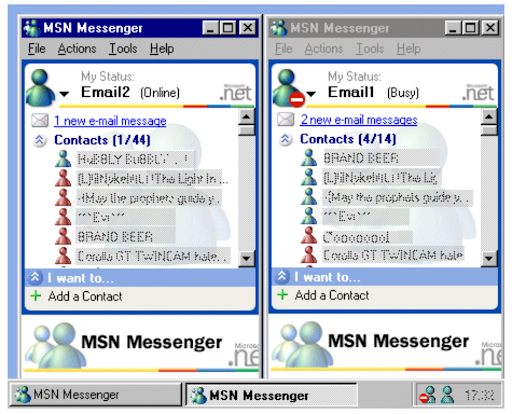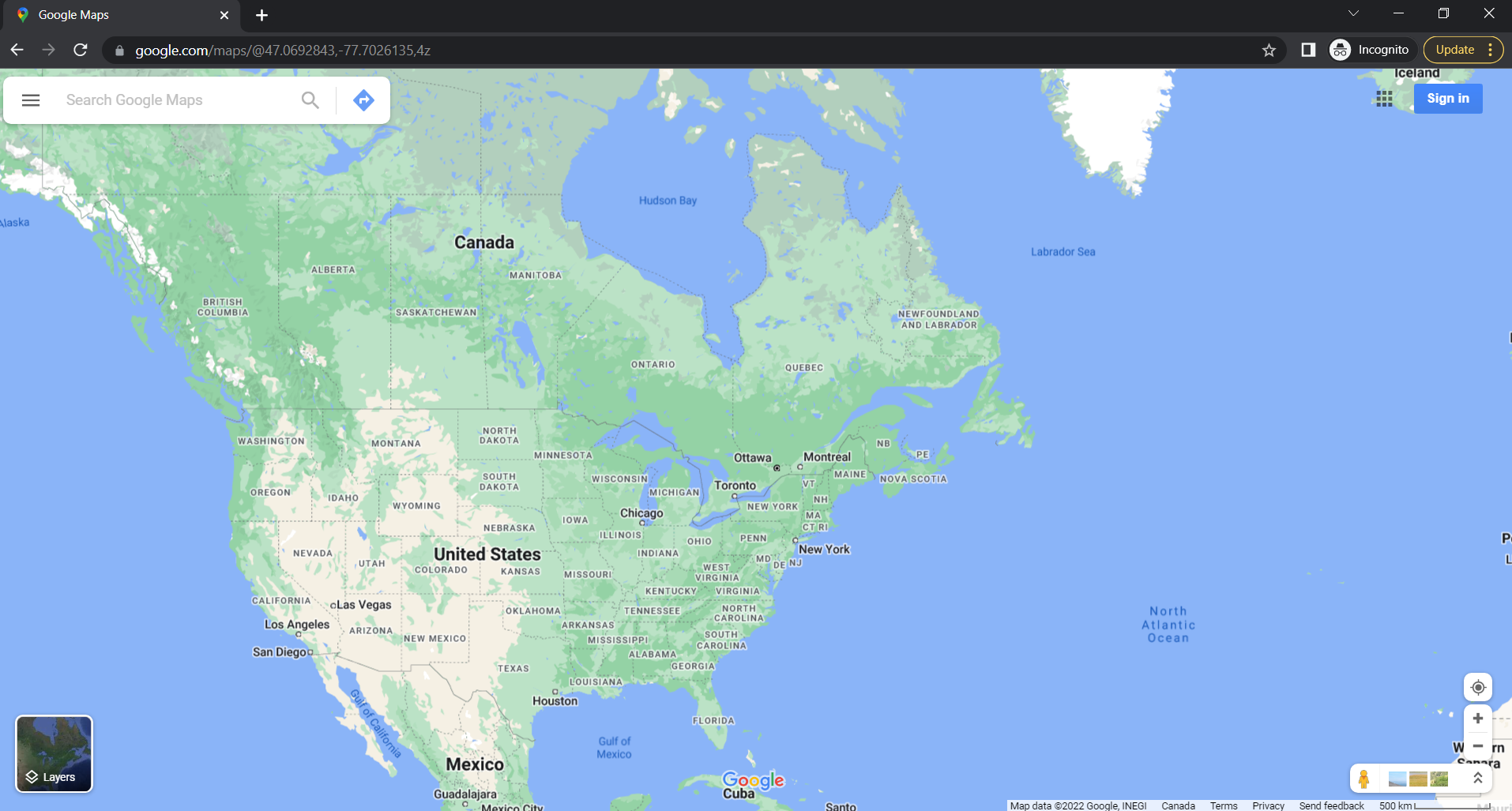The short version
- Web3 is a decentralized version of the internet where users can also participate as owners and builders.
- There are three main ways that investors can invest in Web3: NFTs, crypto, and the metaverse.
- However these technologies are still new and investors should be aware that these are still risky and volatile investments.
Invest in real estate without the headache of being a landlord
Imagine owning a portfolio of thousands of well-managed single family rentals or a collection of cutting-edge industrial warehouses. You can now gain access to a $1B portfolio of income-producing real estate assets designed to deliver long-term growth from the comforts of your couch.
The best part? You don’t have to be a millionaire and can start investing in minutes.
Learn MoreWhat is Web3?
Simply put, Web3 is a concept for a version of the internet that is based on blockchain technology, where the web is owned by builders and users who use tokens to buy and sell various assets. Sounds a lot like cryptocurrency, doesn’t it? But to fully understand Web3 you need to first understand the history of the internet.
Web 1.0
The first version of the internet, known as Web 1.0 is the static version of the web. Think back to the websites you would visit in the ‘90s. Remember how text- and image-heavy they were? There were web pages and links but not much interaction beyond that. Some sites were literally just walls of text (and very hard to read!).
That was Web 1.0: You could research and find information, but that was about it. And while chat rooms existed, they were very primitive compared to what we are used to today. Bandwidth made pictures slow to load and it was virtually impossible to view video content.

An early version of MSN Messenger. Source: Dazed
Retire richer: The secret to building wealth faster
Most people miss out on key opportunities to grow their wealth. Partnering with the right financial advisor can help you secure a brighter future. Learn how to make your money work harder for you today.
Discover the secretWeb 2.0
Fast forward a couple years. As more people saw the value of the internet, computing power increased substantially. Sometimes referred to as the social internet, Web 2.0 is what the majority of web users are most familiar with today.
On Web 2.0, search engines like Google and Safari are our main navigational and information-seeking tools, while social media and video content play a core role in how we interact online.
Tech powerhouses like Facebook, Amazon and Apple largely control how information is distributed and consumed. These tech companies own the majority of platforms that the public interacts with on a daily, if not hourly, basis.
Web 2.0 is also anchored around the smartphone: A pocket-sized contraption that offers most of the features and functionalities of a desktop computer, but on a smaller screen that we carry around with us all the time. Smartphones also gave rise to a new way of interacting online, and in person.
Today, much of our online activity is based on technology built by a handful of companies. As a result, tech powerhouses like Facebook, Amazon and Apple largely control how information is distributed and consumed.

These tech companies own the majority of platforms that the public interacts with on a daily, if not hourly basis. In other words, the internet is centralized around them. Their platforms are generally free to use, in exchange for the privilege of being able to harvest users’ data. This means that as a casual person on the internet, you have very little control of how your data is collected and deployed — and very little formal ownership of your online assets on these applications.
Web 3.0
So if Web 2.0 is where we are now, what’s next? Well, the centralized power of tech companies owning and controlling data is just one of many factors that lead us directly to the development of Web 3.0.
Many Web3 enthusiasts argue that in the next evolution of the internet, users should own their own data. Not only their images and text, but also the pathways they use to get around, the digital fingerprints they leave when they shop online, and more. The vision for Web3 is to combine the peer-to-peer interaction of Web 2.0 with the static decentralization of Web 1.0 — with no large companies having outsized dominance of the space**.
One way of realizing this is through blockchain technology. Essentially, the blockchain is a ledger that keeps track of transactions, to which information can be added, but not edited. It’s also the technological basis for cryptocurrency, NFTs, and the Metaverse, which form three hallmarks of Web3.
Through blockchain-enabled tech, which also includes Decentralized Autonomous Organizations (DAOs) and Decentralized Finance (DeFi), users are able to participate in, help build, own pieces of, and control their movements on the larger internet. By design, the blockchain is fully transparent, while still allowing anonymity for its users. To understand more about how blockchain works, check out our Blockchain Primer.
Why investors should care about Web3
Although the future of Web3 is still very unclear, that hasn’t stopped venture capitalists and investors from trying to get a piece of the action, with major investments by Facebook and Google. Facebook even changed its company name in anticipation of the new wild west of the web, while Nike bought a company that creates virtual sneakers and NFTs for the metaverse.
More: Here's why the metaverse will kill bitcoin
Despite the hype, Web3 is not without its healthy skeptics. In fact, it’s important to remember that a lot of the technology around Web3 is still theoretical. As it stands, blockchain tech like NFTs and crypto are volatile and considered a very risky investment.
“Regardless of whether you’re ready for this next technological frontier, t’s important for investors to be on top of new trends — especially when they’re making waves this huge in the investing space.”
Regardless of whether you’re ready for this next technological frontier or are still trying to wrap your head around what all this means, it’s important for investors to be on top of new trends — especially when they’re making waves this huge in the investing space.
But if you do decide to invest in this new tech, make sure you do your research ahead of time and only invest a small portion of your portfolio.
How can I invest in Web3?
If you want to be part of Web3, there are three main technologies you can invest in.
NFTs
Non-fungible tokens, or NFTs, are considered one of the first entrants to Web3. These digital tokens represent one-of-a-kind items that can be owned, sold, and traded online. They tend to be prominent in the art space, and have been rapidly growing over the last few years.
More: What is a bored ape NFT and why does everyone want one?
NFTs are considered the building blocks of Web3: They can be used as proof of ownership for the metaverse and augmented reality programs. Essentially the idea is that they will be used as a type of currency in Web3.
The metaverse
Here’s where it gets super futuristic. The metaverse is essentially the worlds that will be created in Web3. It’s a playground and a platform, and you can physically (that is, virtually) engage with it.
Builders of the Metaverse seek to create an alternate universe that mirrors the current one, using a combination of augmented reality, AI, social media, and other technologies. Think of it as a bit like Ready Player One but a bit more rooted in reality.
There are already a number of companies investing in the metaverse, including Facebook (who famously changed their name to Meta in anticipation of this new world). These types of worlds already exist in some gaming communities such as Axie Infinity, but the idea is to bring it to many other types of worlds.
Others are buying “land” directly in the metaverse, through companies like The Sandbox. Prices are skyrocketing, with a so-called land rush driving up the cost of space (kind of like the real estate market in the physical world). If you’re interested in the metaverse, one potential way to invest is to consider buying land in the metaverse.
More: How to invest in the metaverse
Cryptocurrency
Another way that investors can support or invest in Web3 is by investing in crypto. Think of crypto as the bank of Web3. NFTs, virtual land, and other items are all purchased using crypto. Web3 developers see crypto as the financial engine of the metaverse, with fintechs seeing it as the virtual version of banks.
While cryptocurrency is already an investment in and of itself, its role in Web3 could change how it’s used. It could become more rooted in utility rather than speculation, with a few coins rising to the top. Investors interested in this space could consider investing in the cryptos that they think might do well in Web3.
More: The best crypto exchanges
The bottom line
If you believe the many deep-pocketed investors and tech evangelists out there, Web3 is the future of the internet. And many of the features and building blocks of Web3 are here and available to us, including blockchain technology, crypto and NFTs, plus augmented reality and AI. For the visionaries of Web3, these tools will all help decentralize the internet and take the power away from tech companies.
However, a lot of it is still based on theory. As a burgeoning field, it remains a risky and volatile market. But for investors who believe in the concept and want to be part of growing a new type of web, it could be an investment worth considering.
Looking for a place to start?
- How to invest in cryptocurrency without buying coins
- What are real estate NFTs? Everything you need to know
- How to invest in the sandbox: Where to buy and sell SAND
The richest 1% use an advisor. Do you?
Wealthy people know that having money is not the same as being good with money. Advisor.com can help you shape your financial future and connect with expert guidance . A trusted advisor helps you make smart choices about investments, retirement savings, and tax planning.
Try it now








